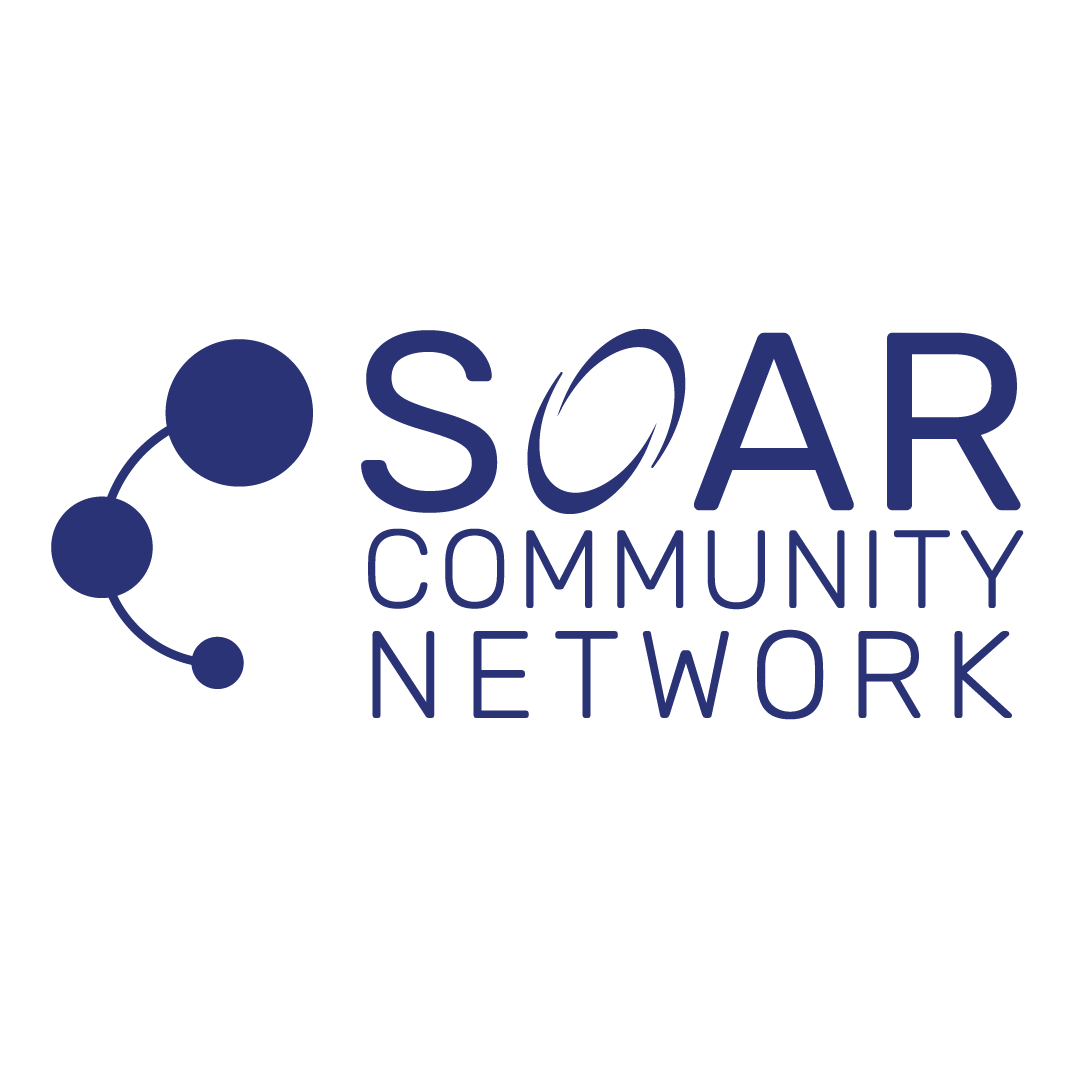Introduction
Even highly skilled teams struggle when interpersonal dynamics are misaligned. Misunderstandings about how people communicate, make decisions, or handle stress can lead to conflict, silos, and underperformance.
Many teams don’t lack capability. What they lack is clarity about one another. When there’s no shared language or insight into how people naturally operate, it’s easy to misinterpret behaviors as personal rather than functional.
That lack of understanding can create tension, limit collaboration, and erode trust—even when everyone wants to succeed.
Solution
One of the most effective ways to strengthen team performance is by understanding how people are wired to work. Behavioral insight tools, like the Predictive Index, help teams go beyond assumptions and surface the strengths, needs, and caution areas of every team member.
With support from SOAR, teams use these insights to:
- Build Team Work Styles and explore how their personalities interact
- Understand communication preferences and how they show up under stress
- Uncover gaps in strategic alignment using the Team Discovery tool
- Co-create agreements on how to collaborate more effectively
- Develop shared vocabulary and empathy to reduce friction
These sessions are less about personality and more about performance. They help teams align on how to work together, not just what to work on.
Action
If you’re a team leader, project manager, or HR partner, here’s how you can begin using behavioral insights to improve team dynamics:
- Assess Individual Profiles: Use tools like those available on our C3 Tools page to understand the natural behaviors, strengths, and drives of each team member. This creates a foundation for self-awareness and appreciation of difference.
- Map Your Team Work Style: Bring the group together to explore how everyone’s behavioral profiles interact. Is the team highly collaborative or more independent? Are they driven by process or flexibility? Mapping this helps identify potential tension points and blind spots.
- Run a Team Discovery Session: Use PI’s Team Discovery to compare your team’s behavioral profile against your strategic goals. Do you have what you need to execute successfully? Where might you need to flex or support differently?
- Establish Collaboration Agreements: Use what you learn to set shared norms. For example, if your team has a high need for autonomy, create check-in cadences that respect space but promote visibility. These agreements prevent future misunderstandings.
- Use Insights for Conflict Prevention and Resolution: When disagreements arise, revisit your team profiles. Behavioral language helps de-personalize tension and turn it into productive conversation instead of blame.
Conclusion
Team success is not just about talent, it’s about understanding. When teams invest in knowing themselves and each other through behavioral insights, they build trust, reduce friction, and work with greater alignment.
At SOAR, we use these tools to help teams not only work better but feel better about how they work. These approaches reflect the spirit of our C3 Framework—building compassionate, cohesive, and collaborative cultures where everyone can thrive.
To learn more about the behavioral tools that can transform your team, visit our C3 Tools page.

